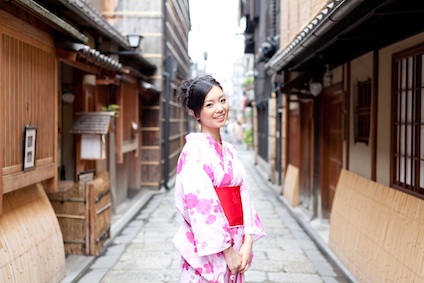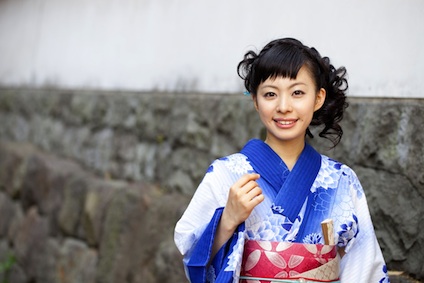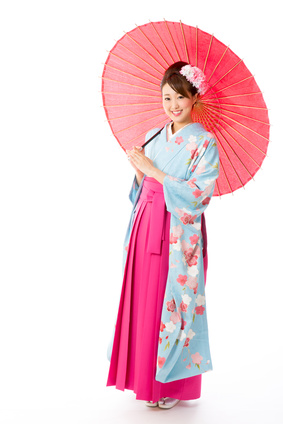
There are a lot of events ever since that can be enjoyed with Yukata robes such as Obon holidays and summer festivals in August.This is the lowest threshold for people interested in kimono, and events such as this type of summer festivals are where they can participate willingly.
And because it is a festival where you can spend cool summer nights, you will have no problems wearing a yukata without any undershirt. However, it is not recommended that you wear it directly to the skin.
Recently, almost all yukatas are made of transparent materials. If you wear it directly to the skin, the body line will be visible.
The safest way is to wear the specialized “Kimono slip”, even if it is a slip for western clothes, and wear it in combination with long petticoat and a camisole with a wide neckline. The length of petticoat or slip is better if it’s longer and you won’t feel any discomfort even if it’s transparent.
If you purely wear a yukata robe as opposed to casual wear, you can freely choose a colored pattern. And it is gorgeous to ignore the season rules with butterflies and peony so it is popular.
If you choose the traditional patterns, then the basics are the pink or balloonflower and the seven flowers of autumn.









